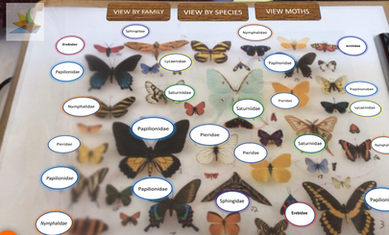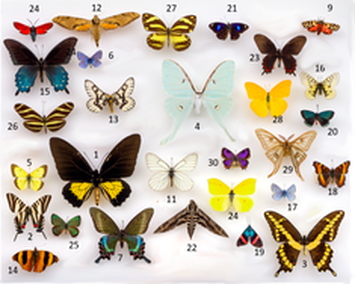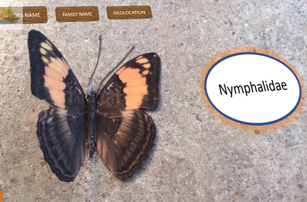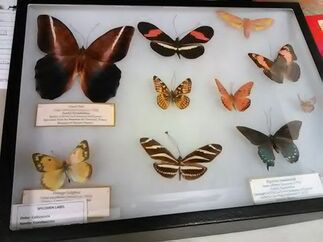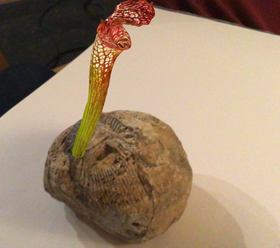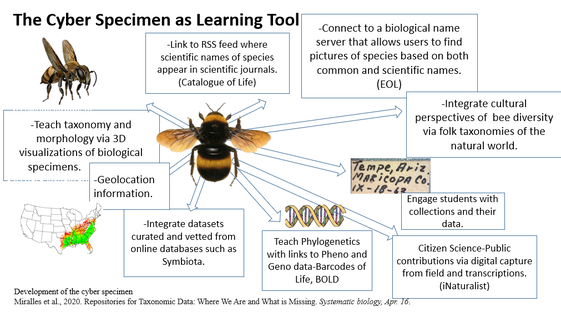|
By Anne Basham 6/8/2020
Teaching lepidoptera classificationLepXplor was initially started as part of the NSF funded LepNet project. LepXplor has since evolved and is utilizing WebAR technology to create Virtual Collection boxes (VCB) to represent collection trays of Lepidoptera. The tool will be used to teach Lepidoptera classification for different skill levels.
Additional features to be developed: •Audio pronunciation of scientific names. •Magnifying glass to see structural features up close. •Identification of larval forms. •Distribution maps. •Phylogenetic information/relationships. |
|
ARPEO (Augmented reality for public education and outreach) iDigbio working groupInterested in joining the ARPEO Project? This will be a continuation of the effort initially started with the development of the native app version of Libraries of Life. With the rise of new technologies like WebAR there is an increased ability to collaborate and share content easily.
Collection groups can be involved by sending us a picture of your collection box (or other objects) and if we achieve good results you can use in your outreach programs. Contact us for more info. •Your picture can be a collection tray or herbarium sheet. •It can be a picture of a 3D object/specimen. Fossils, shells, etc. •Provide a catalog number and ID for each specimen. We are using BublUp as our digital platform for content contributions. Go to the following link to activate. ARPEO digital repository For more info contact Anne Basham at [email protected] |
|

